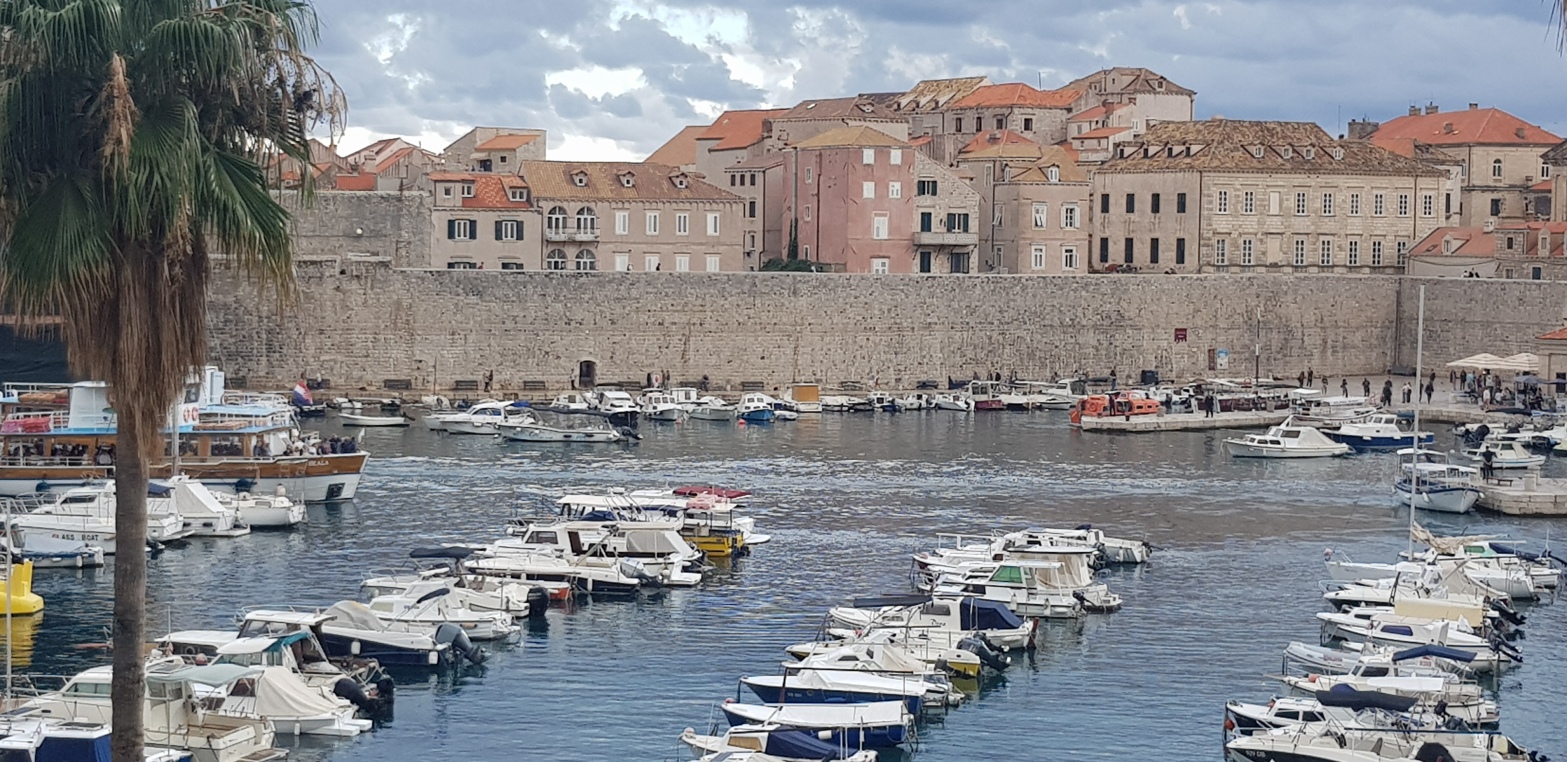Way to make a Travel > World Tours > Pearl of the Adriatic
DUBROVNIK, CROATIA – Located south of the eastern Adriatic coast, Dubrovnik is not only a popular holiday destination with a beautiful crystal clear blue sea, but also a cultural destination, a true pearl of the Adriatic and a museum city that perfectly combines the past and the present.
History of Dubrovnik
The city’s history may most likely be traced back to the seventh century, when it was known as Ragusa. It was first a Byzantine protectorate, then fell under the control of the Republic of Venice. Despite the fact that all of Croatia’s provinces were overrun by Austria, the Venetians, and the Turks, the Republic of Ragusa remained autonomous.

Between the 14th and 19th centuries, the free Republic of Ragusa ruled. In general, it served as an example to large international powers in all aspects of economics, culture, and science. The oldest sewer system, one of the first pharmacies, and a comprehensive spy network were just a few of the features that helped the Republic become one of the most developed governments of its era. Historically, the city’s wealth was based on maritime trade. Its commercial trade was the fourth most powerful in the world! Furthermore, it conducted trade with both the East and the West. To ensure its freedom, the Republic relied on its resources and paid an annual tribute. For centuries, the Republic of Ragusa was known for its prosperity, skillful diplomacy and wonderful freedom.
A Latin inscription reading “Forget private matters, deal with state affairs” hangs above the entrance to the Great Council of the Republic of Dubrovnik, commemorating the 450th anniversary of this free and autonomous state.
A beautiful city in southern Croatia, Pearl of the Adriatic has a rich and epic past. The fortified ancient fortifications of this UNESCO World Heritage Site hide centuries-old stories behind their walls, nooks and crannies.
Interestingly, the world’s first quarantine was a Dubrovnik invention! During the Middle Ages, when diseases such as the plague and malaria were ravaging the world, Ragusa issued a special decree in 1377.
Anyone arriving from abroad had to spend 40 days on a nearby island before being allowed to enter the city. Only after proving that the person was healthy was he or she allowed to enter the city. In the 17th century, special buildings called lazarettos were built.
Following a terrible earthquake in 1667, the Republic’s history began to shift. Even Napoleon Bonaparte, one of history’s most famous rulers, was drawn to Ragusa. The Republic of Ragusa disbanded during the Napoleonic Wars. It surrendered amicably since it reasonably concluded that it had no hope against Napoleon’s forces. In other words, it became part of the Napoleonic Kingdom of Italy, and then the Illyrian provinces.
Dubrovnik was ruled by the Austrian Empire, which succeeded the French, from the early 19th to the early 20th century. It was part of the Austrian Empire’s crown territory, known as the Kingdom of Dalmatia. After years of foreign control, national revival movements began to emerge in Croatia. The Kingdom of Yugoslavia was established in the early 20th century and Dubrovnik was incorporated into it. Croatia declared its independence in 1991 and Pearl of the Adriatic – Dubrovnik has been part of the Republic of Croatia ever since.

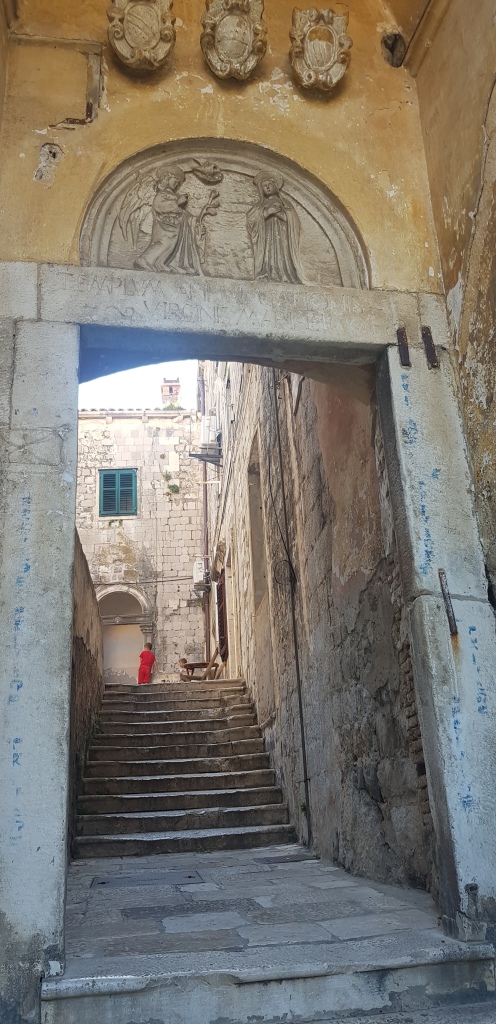

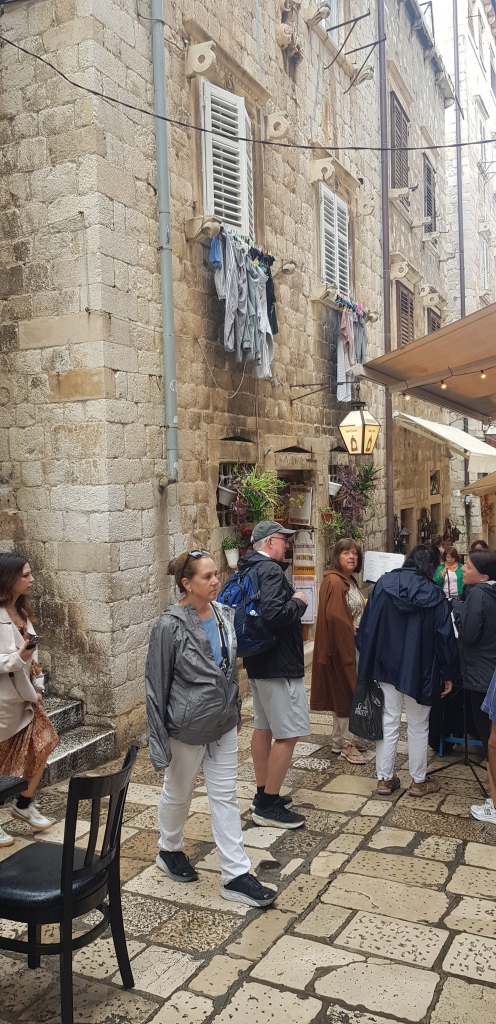
How to get to Dubrovnik?
The easiest and quickest way to reach Dubrovnik is to fly. Dubrovnik Airport has several international connections, as well as daily flights to the Croatian capital Zagreb and other domestic destinations such as Rijeka, Osijek and Split. However, Dubrovnik is also accessible via Croatia’s excellent motorway and road network.

Arriving by car
The Peljesac Bridge opened in summer 2020, connecting Dubrovnik with the rest of Croatia and allowing passengers to stay in the Schengen area. The bridge spans the Neretva Channel and Maliston Bay, offering beautiful views along the route. The Ston Bypass Road opened in April 2023 and allows the passage of larger vehicles.
Just south of Metkovic, you will cross a corridor that belongs to Bosnia and Herzegovina, so have your passport or ID card ready. Of the available routes through Bosnia and Herzegovina, Bosanska Gradiska-Banja Luka-Jajce-Mostar-Dubrovnik is probably the shortest.
Arriving by Bus
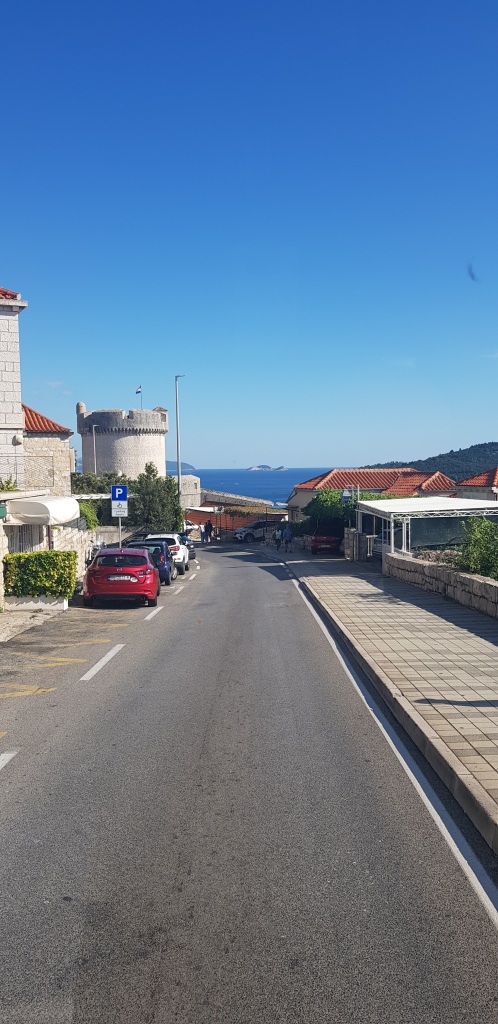
The bus station is a short walk from the ferry terminal in Gruz with all amenities. There are regular services to almost all Croatian destinations, while international lines mainly go to Bosnia and Herzegovina, with a handful of buses to cities in Italy and Montenegro. For budget travelers, taking the bus is the quickest and cheapest option, but if you’re traveling to Zagreb, check prices with Croatia Airlines first. You could save yourself some money and a 10-hour journey.
Arriving by Plane
The airport is located 20 km southeast of Dubrovnik. It is compact, neat and functional. There are restaurants and cafes, as well as information, exchange offices and ATMs. There is also a post office and a car rental office in the arrivals hall. For scheduled flights, a shuttle bus leaves from Pile Gate, the main gate to the city, as well as from the ferry terminal and bus station.
Arriving by Boat
Dubrovnik has two ports: the centuries-old port by the walls of the Old Town and the commercial port of Gruz. The Jadrolinija ferry office and quay are located in Gruz, a ten-minute bus ride from the Old Town. The port overlooks the Lapad peninsula, where many of Dubrovnik’s hotels are located. Jadrolinija ferries operate to the Elafiti Islands, the island of Mljiet, between Mljiet and Peljesac, and to the Italian port of Bari.
Getting around Dubrovnik
The pearl of the Adriatic is a very pedestrian-friendly city, so the best way to explore the city is on foot. In fact, the entire Old Town is car-free. However, if you decide to use public transport or a taxi, there are dedicated taxi and bus stops that will give you all the necessary information about prices and where to visit.
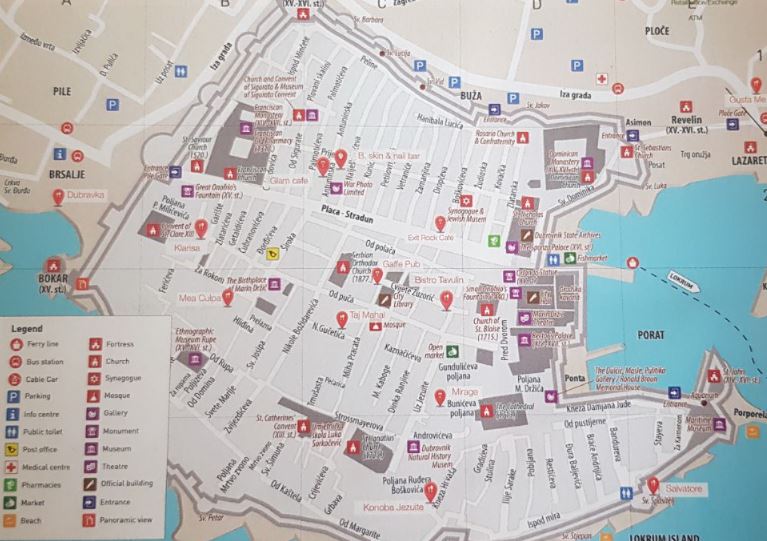
Public transport
Libertas is the public bus company that owns and operates the orange city buses. You’ll be surprised at how efficient and clean they are. They connect Gruz’s bus station and harbor to hotels in the old town and Lapad, as well as Cavtat in the south province’s and Peljesac in the north. A route map can be seen on the company’s website or on various posters and leaflets distributed across the city. Tickets for city journeys cost roughly 2 euros at new kiosks and must be validated at the stamping machines upon boarding. For trips outside of Dubrovnik tickets can be purchased from the driver.
Taxi
There are numerous taxi companies in Dubrovnik, so there should be no shortage of transportation to get you from A to B. Rates appear to be consistent across the city, with pricing beginning at 4 Euros and each km costing 1.5 Euro.
Parking
Dubrovnik city centre can be a nightmare when it comes to parking and it is not uncommon for visitors to drive in circles for hours hoping to find a free space. Your best bet is to head to the Ilijna Glavica car park on Zagrebacka ulica k2, a good spot for people coming into the city from the west. A bus takes passengers from the car park to Pile Gate in the Old Town, although you may not need it as Pile is only a ten minute walk downhill. Parking costs up to 10 euros per hour depending on the zone and the season.
Dubrovnik climate
The climate of Dubrovnik is Mediterranean, with moderate, rainy winters and bright, sunny summers. Over the course of the year, the temperature normally ranges from 6°C to 30°C, rarely falling below 1°C or rising over 37°C.
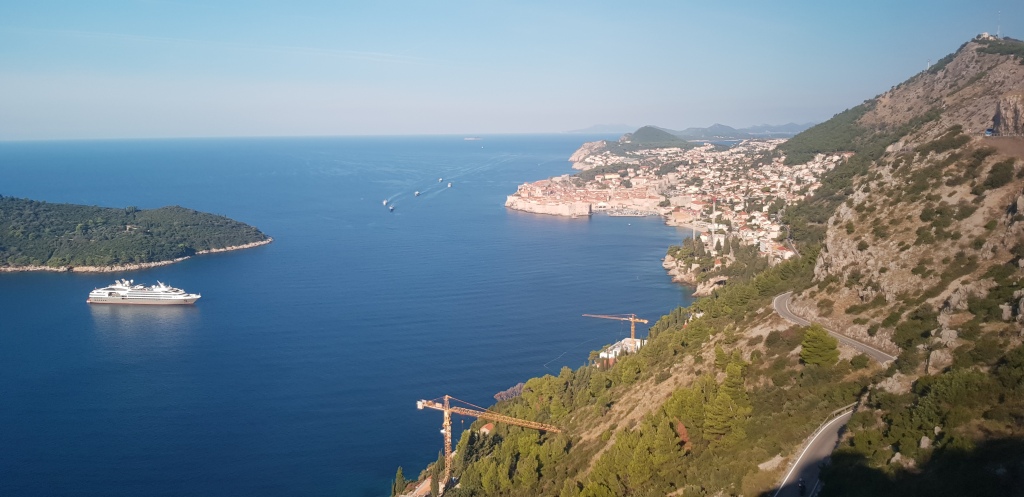
Best time to visit Dubrovnik
For sun-seekers, May to August are the ideal months to visit Dubrovnik when rainfall is at its lowest. For those who enjoy swimming in the sea, temperatures on the Adriatic during these months are often around twenty degrees Celsius, which is much warmer than the UK!
If you want to avoid the summer heat and crowds of peak season, autumn and spring are cool while the sea is still warm enough for swimming and ideal for exploring the winding streets and baroque buildings of the Old Town.
Places of interest in Dubrovnik
Dubrovnik is a UNESCO World Heritage Site, known for its car-free 16th-century Old Town. It is enclosed by a two-kilometer-long medieval city wall that may be walked around the entire length. The majority of the notable sights are located in the city’s old quarter, which features stunning architecture, beautiful castles and fortresses, and a network of little alleys dotted with cafes and restaurants.
You may recognize Dubrovnik Old Town from the legendary TV series Game of Thrones, but it also served as an outdoor filming location for the Star Wars film The Last Jedi.
Stradun
While walking around Dubrovnik, you will often hear about Stradun, which is not listed on any street signs. It is the unofficial name of the main street Piazza that connects the two main entrances to the old town: Ploče to the east and Pile to the west. The name comes from the Italian word strada, which means street. With its gleaming limestone slabs and continuous baroque structures lining it, it is one of Dubrovnik’s most iconic locations. Here people meet and talk about their daily life, but also to dress up for an evening walk or a coffee break. Stradun separates the early settlements of the city from the later parts. This earliest settlement was located south of Stradun and was called Laus (rock in Greek) because of its island origin. Raus, Rausa and Ragusa derive from the original name Lausb. Although Laus was probably inhabited by Illyrian peoples as early as the fourth century, it was colonized in the seventh century by Greco-Roman exiles from Caftat fleeing Slavic attacks. Later, the Slavs colonized the land through the narrow marshy channel; this village was known as Dubrava, after the Slavic name for oak. The channel was filled in in the 12th century, forming Stradun. The two towns merged and started building city walls.

Pearl of Adriatic city walls, bastions, Pile and Ploce Gates
Dubrovnik’s nearly two kilometers long city walls are among the best and most beautiful in the world and a stroll around the city is a must. The defenses were built between the 8th and 16th centuries. The fact that they are about 6 meters thick on the landward side shows their primary purpose as protection from attacks from the hilly hinterland – the Ottoman Empire, for example, only extended a few kilometers inland. The walls were fortified with tough battlements and bastions and were never breached; the Dubrovnik Republic only felt secure when Napoleon’s troops were granted entry on the condition that they respected the city’s independence. Two other fortifications, Revelin to the east and Lovrienac on the ridge west of the Old Town, provided additional strategic defense. Revelin hosts music during the Dubrovnik Summer Festival. Lovrienac is one of the festival’s most atmospheric venues, where classic Hamlet performances are held under the stars. A ticket to the city walls includes entry to Lovrienac, which is well worth a visit. Once a prison, it is now surrounded by a beautiful park with some of the best views in the city, making it a great picnic destination. The Mincheta Fortress, north of the Pile Gate, is one of the city’s landmarks with its stylized fences, and the St. Jovan Fortress houses the Maritime Museum and the Aquarium. In addition to the fortresses, each with its own history and personality, the Pile and Ploce Gates are also wonders. From these gates, stone bridges ending in draw bridges over the moat now lead to the Old Town, which is now lined with park benches and orange trees. Above the gates, the guardian of the city, St. Blaise, is depicted in relief.
The city bell Tower
Look closely at the bell in the tower covering the eastern end of Stradun and you will spot two men preparing to strike with hammers. If the magnification is not enough to make them out, you can see their two older brothers in the Sponza Palace next door. Their green color is due to their copper composition, not their origin from Mars. They are affectionately referred to as ‘zelenci’ – the green ones, or individually Maro and Baro, the offspring of the original wooden figures. The bell is the only remaining original portion of the tower, which was destroyed in 1444 and restored in 1928. The bell weighs two tonnes and was cast by Ivan Krstitelj Rabljanin, a skilled artisan well-known for his bell and cannon castings.
The 778-meter-long Dubrovnik Cable Car ride offers the most amazing views of the Old city, Lapad Bay and the nearby islands. At the upper station, there are two panoramic terraces equipped with binoculars, a snack bar, a panoramic restaurant, a souvenir shop and more.
The Church of St.Vlaha
This is probably the most popular church in Dubrovnik, named after the city’s patron saint. Located on four squares of the Stradun, the stained-glass windows by local artist Ivo Dulcic (1971) light up at night, creating a spectacular spectacle. There has been a church on this site since 1368, but after a fire, the current church was built in the Baroque style by Venetian architect Marino Groppelli, who also created the statue of Saint Blaise that stands above the church’s entrance, holding a model of the Old Town in his hand. The front steps of the church have hosted some of the city’s most important events, including New Year’s Eve and the opening night of the Dubrovnik Summer Festival, which has always featured a concert by the famous Renaissance pop group and Eurovision contenders Troubadours.
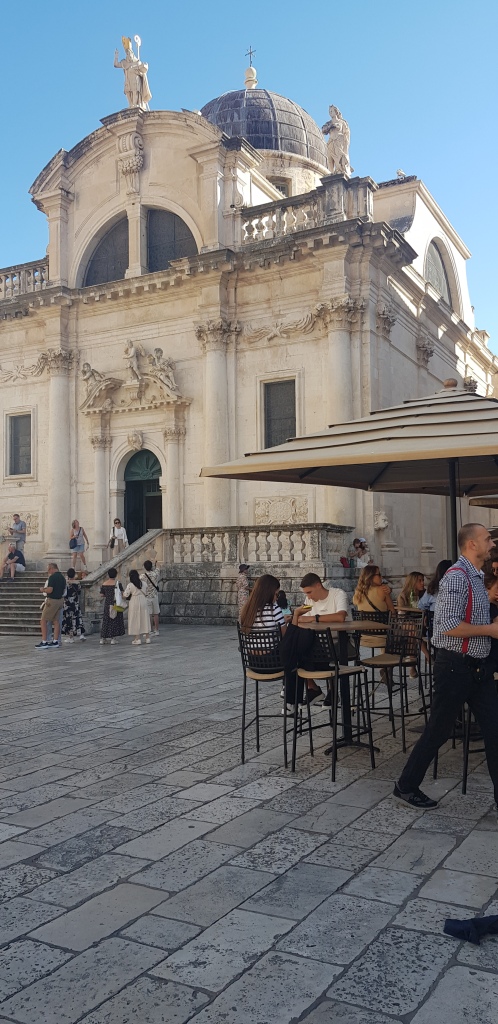
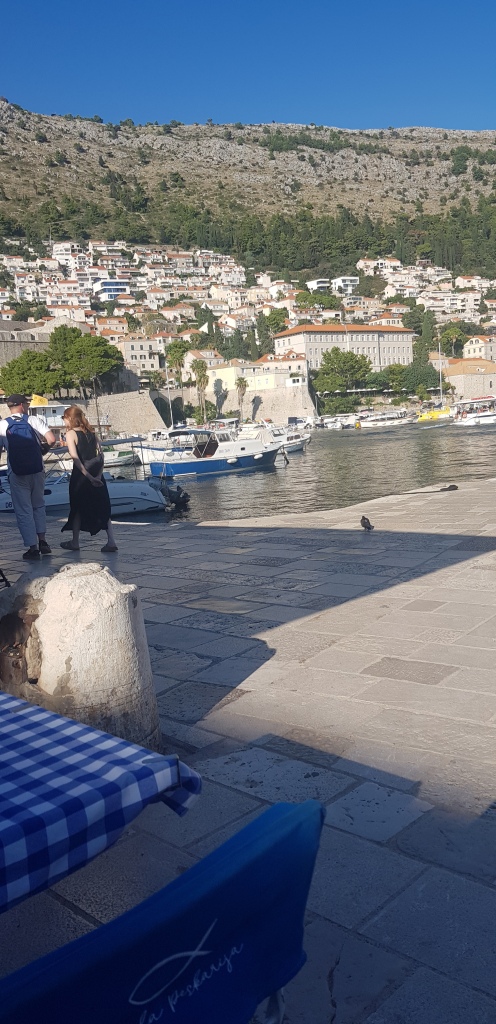
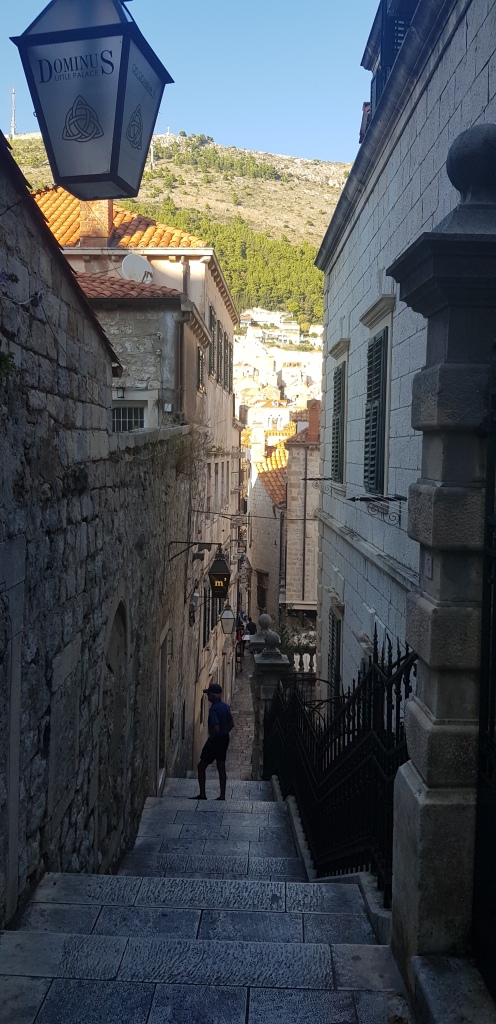
The City Harbour
Dubrovnik owes its existence to ships. There is evidence that the lands here were originally settled in the fourth century by Illyrian tribes, who were most likely attracted by the safety of the island, where the southern half of the Old Town now stands, as well as the natural location of the site, with Mount Srdj standing guard. It was a natural resting place for maritime trade routes that existed long before the Roman Empire. After the Slavs invaded Dubrovnik and began fortifying it in the 13th century, the city began to develop a strong shipping trade, thanks to strong diplomatic relations with nations such as Turkey and Venice. Two ports were built in rocky, sheltered bays: a large one near the gates of Ploce and a smaller one on the banks of Pile. Dubrovnik grew rich through trade and rose to rival Venice, another coastal city-state. During the city’s golden age in the 16th century, the merchant navy numbered over 200 ships. Shipbuilding was big business, and Dubrovnik’s Caraca, a magnificent galleon made of solid Lebanese cedar, was known for its outstanding quality.
The sheltered harbor of Ploce has a wonderful atmosphere and is a place where you can take boat trip, buy local textiles from the ladies sewing in the shade, or have a good meal.
Local area of Dubrovnik
Dubrovnik is one of the most attractive European destinations; the beautiful medieval city attracts hobbyists, history buffs and culture enthusiasts. In addition to the main attractions and historical ruins, Dubrovnik offers a variety of accommodation options. Each region has its own charm; you can stay in the well-preserved Old Town, choose something modern by the port of Gruj or relax in the natural landscape of Mlini, Slano, Trsteno or Konavle. There are so many to choose from!
Food & Beverage in Dubrovnik
To relax between tours, visit a bar, restaurant or tavern and try local specialties such as smoked ham, butter cheese, octopus salad, zelena menestra (smoked meat and cabbage stew), grilled sardines, candied almonds, oranges, grappa and red wines from the Peljesac peninsula, as well as wines from Korcula island, Konavle region and Malvasia. Eating at any of Dubrovnik’s restaurants will exceed your expectations with its stunning views, exceptional service and impeccable service. Restaurants in Dubrovnik are known for their exceptional service.Listed below are top five most renowned Dubrovnik restaurants recognised by their excellent service.
Above 5 Restaurant is an excellent restaurant with a breathtaking 360-degree view of the Old City’s ancient red roofs and stone streets. Along with a stunning view, they provide delectable Mediterranean meals with a unique touch.
Restaurant Dubrovnik
This Michelin-starred restaurant, located on a beautiful roof terrace in an OId Town alleyway that is rarely crowded with tourists, is one of the city’s best settings for an opulent lunch.
Asia Restaurant
Located on Mali Stradun, near Babin Kuk’s beach promenade, travelers may experience everything Asia has to offer: flavor, spice clarity, and freshness. The menu is extensive and includes some fixed selections, so you don’t have to spend too long deciding what to order.
Fish Restaurant Proto
Fish restaurant Proto has a century-long legacy and is a staple of Dubrovnik’s culinary scene. Top local cooks successfully combine old-world charm with modern trends.
Stara Loza
Stara Loza restaurant, located in the center of Dubrovnik’s Old Town, in a magnificent palace over a half-century old, serves daily fish Mediterranean ingredients combined into inventive, tasty meals.
Our Favorite Dubrovnik Tour
Annie_R, Sep 2024
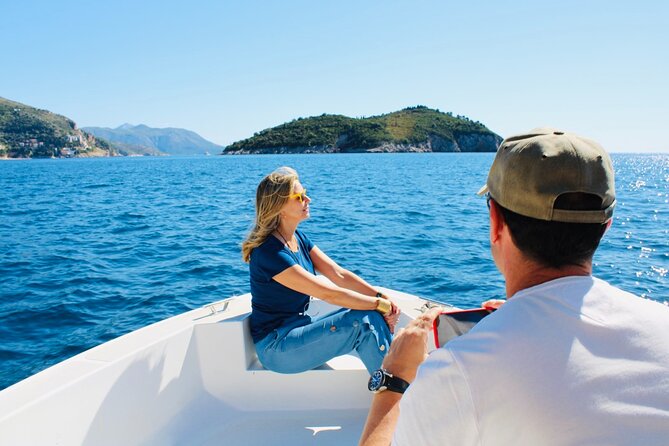
” Great tour. Evo was a great captain. The island was beautiful and time was enough to see everything.”
Lokrum Island, Betina Cave & St.Jacobs Beach
Tours are available during the tourist season for individuals who want to see these areas. Visitors do not have to travel far to enjoy the calm of island life. Lokrum Island is a short 15-minute boat ride away. It’s one of the best places to swim. The island’s coastlines are rocky, but the calm and the sound of crickets are unforgettable. There is a little saltwater lake ideal for children, and a naturist beach to the east of the jetty. Thick pine trees have been supplemented with cultivated gardens developed by Benedictine monks. The Benediktine monastery was founded in the 11th century, presumably by thankful residents who were spared from a devastating fire in Dubrovnik. Austrian Archduke Ferdinand Maximilian Joseph created a summer residence and beautiful gardens here. Lokrum is currently a Nature Reserve, with its hills topped by a star-shaped fort erected by the French in 1806.
Read more about Lokrum Island, Betina Cave & St.Jacobs Beach
Booking hotel in Dubrovnik
The rooms are plentiful between July and August, when the streets are bustling with sunstroke victims. The busiest months are April, May, June, September, and October. If you’re planning a family vacation, Lapad is the best place to stay in Dubrovnik thanks to its friendly atmosphere and convenience. A tour around the peninsula takes you to several of Dubrovnik’s most popular beaches, especially in the summer. Walking from Lapad to Old Town can be a very pleasant experience if you have time, the weather is perfect and you don’t have to carry luggage.
Some of the top hotels in Dubrovnik include Hotel Ivka, Royal Ariston Hotel, Grand Hotel Park, Hostel Sol, and Royal Blue Hotel
The Trivago platform, a metasearch engine that combines accommodation prices and offers supplied by many various online booking sites, allows you to search and locate your desired hotel among hundreds of excellent deals while saving money. Filtering and sorting before you search ensures that you find the best selection for your booked hotel in Dubrovnik.
Great location – friendly staff – Excellent stay – Booking hotel in Dubrovnik by Trivago
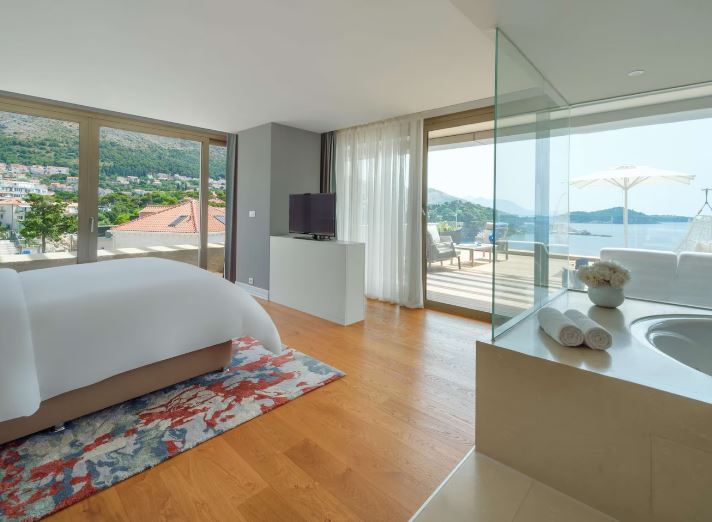
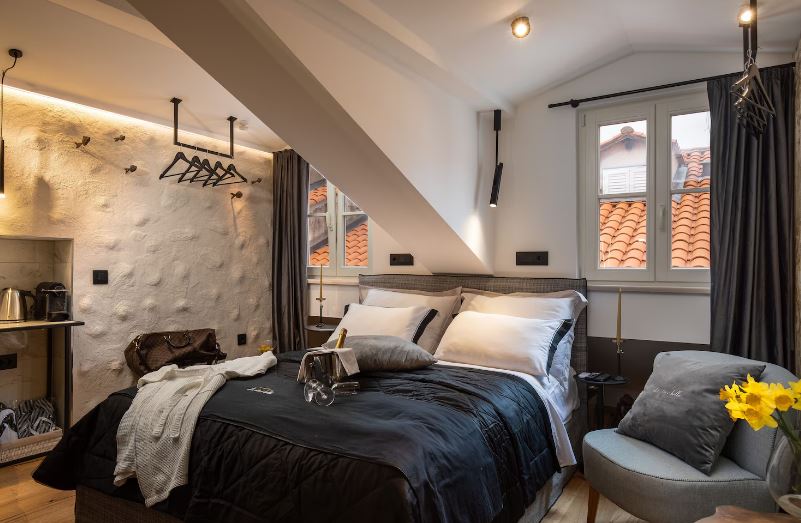
👉For latest holiday best hotel offers in Dubrovnik visit our Partner booking links here⤵️
🌐 HOTELS IN DUBROVNIK BY TRIVAGO
Trivago compares and displays different offers from many booking sites.
Promotion:


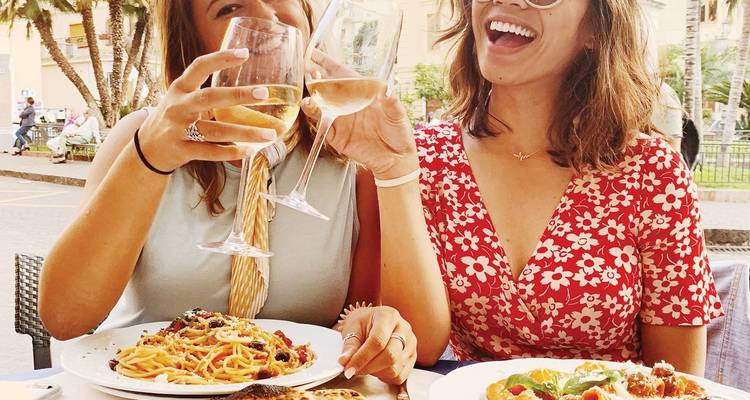
Keywords:
Other simiar stories: Best islands to stay in Croatia The cloudy part of the World Island of Dreams Cosmopolitan Mykonos
